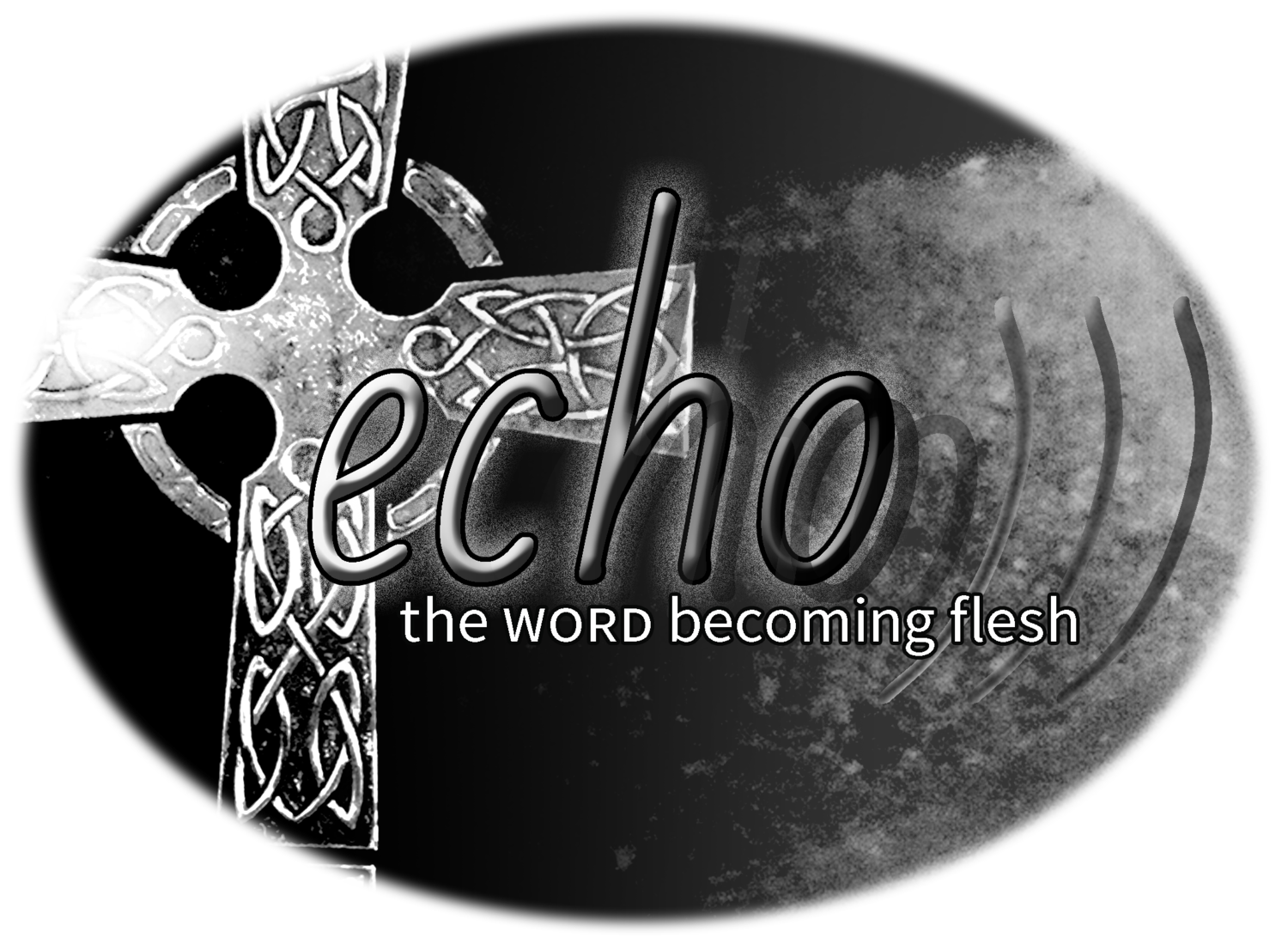Christ on my right,
Christ on my left…
The Lorica of Saint Patrick (St. Patrick's Breastplate Prayer)
You must therefore be careful to do as the Lord your God has commanded you; you shall not turn to the right or to the left. You must follow exactly the path that the Lord your God has commanded you, so that you may live, and that it may go well with you, and that you may live long in the land that you are to possess.
Deuteronomy 5:32-33 (NRSV)
Let your eyes look directly forward,
and your gaze be straight before you.
Keep straight the path of your feet,
and all your ways will be sure.
Do not swerve to the right or to the left;
turn your foot away from evil.
Proverbs 4:25-27 (NRSV)
As we can see in these verses, the Bible is clear. Christ is not on our right or our left… only straight ahead. To turn to the right or left is to stray into evil. So why would the writer of this prayer acknowledge the presence of Christ on both his right and left?
Perhaps the writer of this prayer is drawing more on the tradition of Job who says,
“If I go forward, he is not there;
or backward, I cannot perceive him;
on the left he hides, and I cannot behold him;
I turn to the right, but I cannot see him.
But he knows the way that I take;
when he has tested me, I shall come out like gold.
Job 23:8-10
This passage seems to recognize that God is present with Job, before him, behind him and on his left and right, only no matter where God may be at work, Job cannot see it.
Similarly, when Abraham separates from Lot in Genesis 13:9, Abraham gives Lot the choice whether to go right or left. For Abraham, it doesn’t seem to matter which direction he goes. He knows God will go before him and he trusts God to protect his nephew as well. God’s presence is not limited to one direction or another.
Finally we come to Mark 10:35-38 where a few of the disciples ask Jesus to sit on his right and his left in glory. Jesus says they do not understand what they are asking and makes it clear he is in no position to make such a promise. We also know that Jesus sits at the right hand of the Father, but what we don’t often consider is the implication that the Father sits at the “left hand” of Christ. If God the Father is on the left, the left can’t be all bad.
The tradition of left and right throughout the ancient world is often divided into spiritual vs. carnal or worldly realities. In Latin, the original word for left meant “sinister.” Many cultures have associated the left with “evil.” Perhaps this comes from the fact that between 70 and 95% of the world’s population is right handed, leaving some throughout history to assume something is wrong with the anomalous few. Even as late as the 1950’s and early 60’s, my father was taught that being “left handed” was wrong and he quickly learned to become ambidextrous to prevent punishment from his Catholic school teachers.
Some Christians continue this distorted use of left and right in the political realm by declaring war against the so-called evils and godlessness of the “liberal left.” Indeed, Biblical language is filled with examples of the left being associated with evil and sin while the right is considered righteous, but this says far more about history and culture than about reality. God did not make the “left” inferior, whether left-handed, left-brained, or left in ideology and politics.
And then of course we have those few scriptures we saw earlier that focus on avoiding both the left and the right. This idea fits nicely into my own Wesleyan tradition of the Via Media, or Middle Way in which we emphasize both head AND heart, social justice AND personal piety, etc.
It amazes me how we build entire theological systems around such cultural stigmas such as the virtue or sinfulness of right and left. In the end, it seems that with God, AND is almost always a better word than OR.
Christ on the right AND Christ on the left.
What does that mean for you right now? We all know people who are more “left” and more “right” than us and we tend to consider our own position on the spectrum superior, even if unconsciously. Some are more logical (left-brained) and some are more creative (right-brained). Some are more liberal (left) and some are more conservative (right). But what if no matter where people find themselves on all of our human-conceived spectra of left and right, Christ is there… on our left, on our right, AND everywhere in between?
Reflections:
1. Where do you most see the issue of left vs. right show up in your life? Where do you see God on the spectrum and why?
2. What would it look like to see Christ on the “opposite side” from where you are standing?
3. If the way of God is indeed the “middle way,” then Christ meets us where we are at on the left and right and moves us all toward the center, toward each other, and toward our heavenly Father. How is Christ calling you toward someone else who may be coming from a very different position than you?





